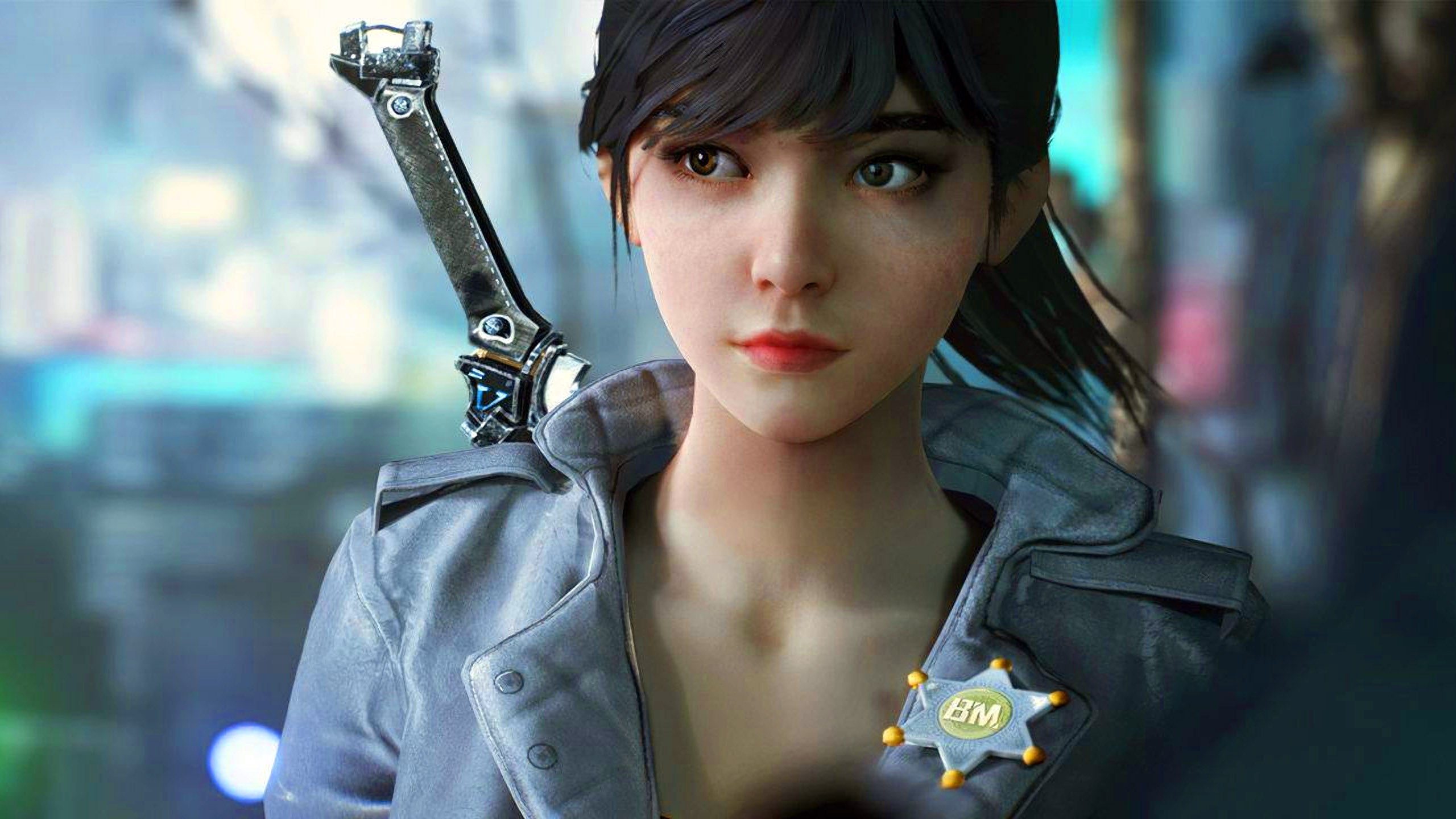On May 7th 2020, Microsoft kicked off the new generation of consoles with a gameplay showcase featuring a wide range of games planned for the Xbox Series X – and Bright Memory: Infinite was the very first game shown off during this presentation. Now, more than two years later – and half a year after the arrival of the PC version – Bright Memory: Infinite has arrived on console. Given its prominent placement in that original showcase, I felt that we needed to check it out here on Digital Foundry. On the face of it, this is indeed a ‘next-gen only’ exclusive – you can’t play the game on PS4 or Xbox One consoles – which makes the launch of a Nintendo Switch version all the more intriguing.
Bright Memory: Infinite is a fast-paced first-person shooter which combines snappy gunplay with sword driven melee combat. It’s not a long game but what’s here is solid and reasonably well executed – it almost recalls the 2013 reboot of Shadow Warrior, though with more focused, linear level design. Plus, if you’re playing on the latest consoles, Bright Memory Infinite promises support for 120Hz output and ray traced reflections, though not simultaneously.
Where it surprises the most, perhaps, is in its development history. Bright Memory: Infinite is a showpiece title for what modern development tools can offer when in the right hands – you see, most of the development duties on the game were executed by one person. In creating the game, Infinite was built using Unreal Engine 4 with additional support software and Quixel assets to speed up development time. That’s not to say this is entirely a solo project – artists, musicians and voice actors were all required to complete the game but considering the quality of the presentation, it’s an impressive accomplishment.
Bright Memory: Infinite launched on PC and it’s interesting to see the compromises made to transition to consoles – required even for PS5 and Series X – and perhaps inevitably, this primarily concerns ray tracing. The PC version includes Nvidia’s ReSTIR Global Illumination feature allowing for realistic bounce lighting, ray traced AO and shadows and far more robust reflections. Environments also receive additional detail but the reflections are perhaps the most significant difference. The PC version features dramatically higher resolution reflections and more surfaces – including rougher materials – take advantage of them. Even in scenes with obvious puddles, the console versions lack the high resolution, accurate reflections available on PC.
